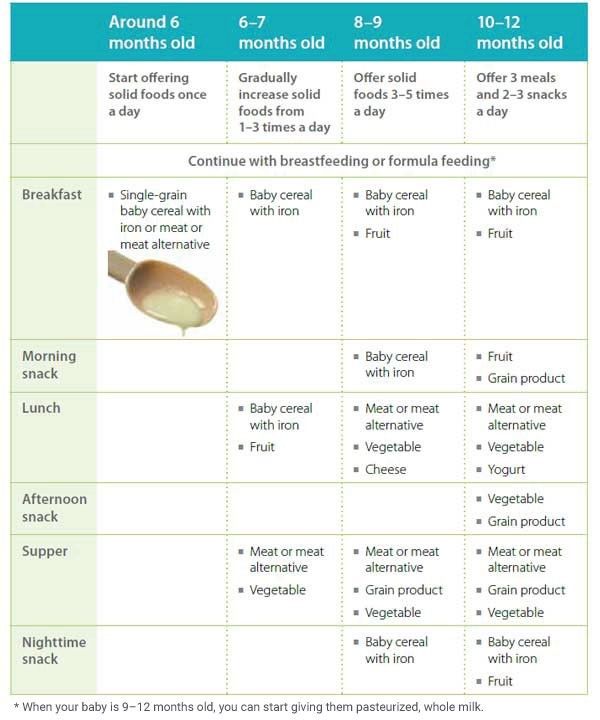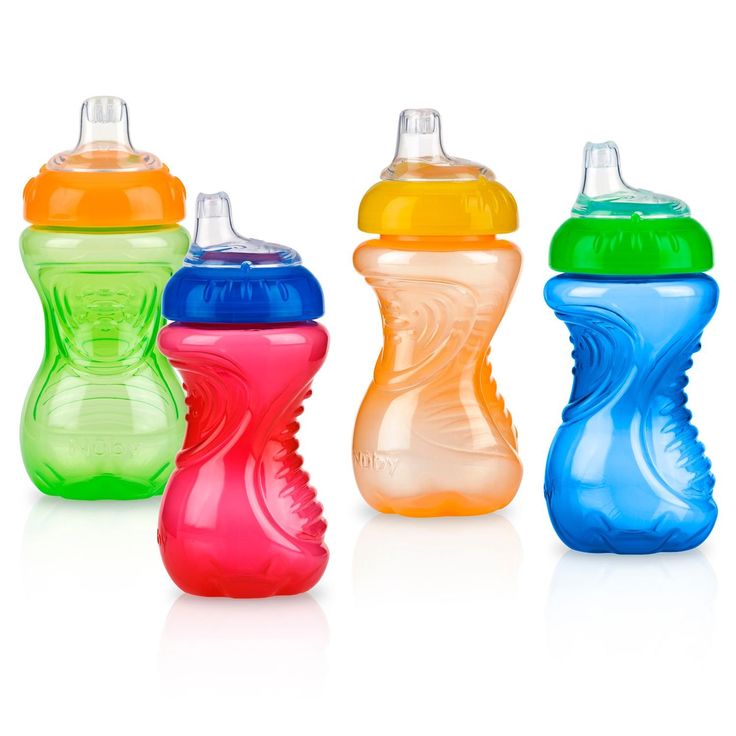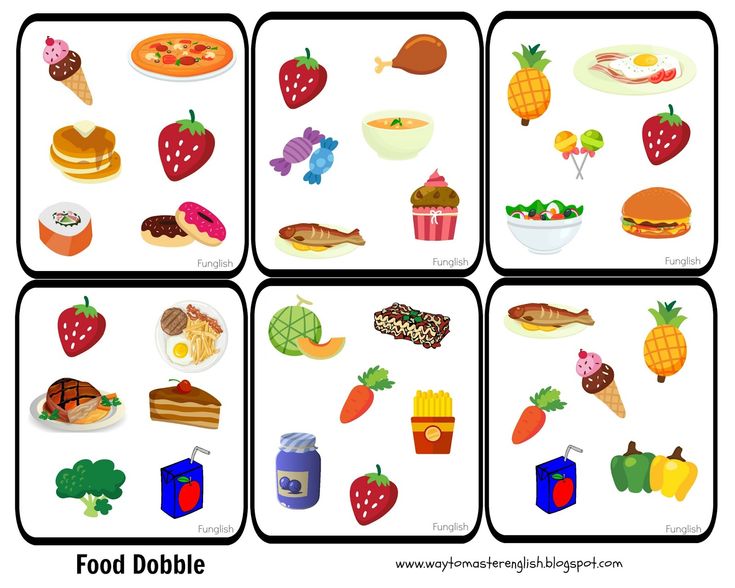When to feed baby 2nd foods
What It Is, When to Start, and Options to Try
Accompanying your child through the different stages of learning how to eat real food is an exciting journey. Sometimes, along with the sense of pride — Look, they polished off the whole jar! — you can feel a little confused. How are you supposed to navigate the milestones?
Let’s start at the beginning: What do the stages of baby food mean, anyway?
Rome wasn’t built in a day, and your baby’s digestive system won’t make the leap from liquid to solid in one day either. That’s what the stages of baby food are for — to help your baby manage the mechanics of eating and to make the transition easier on your baby’s digestive system.
Defining the stages across the brands
While the different stages of baby food aren’t standardized (it would make your life easier if they were!), most popular brands more-or-less follow these four stages:
- Stage 1: 4 to 6 months (watery puree of a single ingredient)
- Stage 2: 6 to 9 months (thicker texture that is strained or mashed)
- Stage 3: 10 to 12 months (mush that has soft, chewable, small chunks)
- Stage 4: After 12 months (finger foods and small, soft pieces of foods you share from your own supper)
What is the difference between stage 1 and stage 2 food?
Stage 1 foods are pretty watery. They’re pureed into a smooth paste that can drip off a spoon easily, so stock up on your bibs. These foods are usually made of a single ingredient: oatmeal cereal, apple, carrots. Your baby will start off eating about half a teaspoon of this.
Stage 2 foods get more exciting. These are strained or mashed into a dense paste. They’re made with a combination of foods that can include legumes and even meats or fish. They may combine flavors, like fruit and veggie blends. Your baby’s appetite is growing and you’ll have to keep pace with bigger portions.
At around 6 to 9 months, your baby is probably ready to move on to stage 2 foods. Not every baby will stick to this schedule simply because every child is a world to their own.
Here are some signs that your child is ready to move on:
- Tongue reflex: At around five months, your child will start losing their tongue thrust reflex and won’t immediately push out the food that you try to feed them.

- More please: They’ll easily polish off the stage 1 foods and look hungry for more.
- Variety: They’ll have eaten foods from all the food categories (vegetables, fruits, legumes, grains, meat) and shown no allergy or intolerance.
- Enjoyment: They’re managing spoonfuls of stage 1 foods easily, mouthing and swallowing happily.
At this exciting stage, feel free to give your baby most types of foods. By offering them a wide range of tastes and textures, you’re giving them a foundation for healthy eating habits — as well as making it easier for yourself. Keep in mind the following safety points:
- Choking hazards: Avoid nuts, seeds, and popcorn at this stage. And make sure to slice round foods like grapes and hot dogs lengthwise.
- No honey: Children younger than 12 months should not be given honey because it could lead to a botulism infection.
- No juice: Follow AAP guidelines and stick with breast milk, formula or a little water and steer clear of juices.
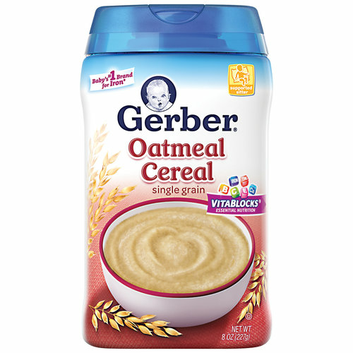
- Safe feeding: Always strap your child into their high chair and keep an eye on them while they’re eating.
And if you’re wondering about peanuts, here’s the scoop: A 2017 release from the National Institutes of Health suggests exposing children to peanut-containing foods as early as 4 months old. (Wait till 6 months for children with mild or moderate eczema.)
Surprised? Don’t be. A recent study suggested that Israeli kids rarely suffer from peanut allergies because they’re munching on Bamba, a peanut-based snack, from as early as 3 months. Talk to your doctor about suggested safe ways to incorporate peanut products into your little one’s diet.
What’s on the menu for stage 2 baby foods? Basically, you can go the store-bought or the homemade route. Or you can mix both depending on how much time you have. It’s up to you and your personal schedule.
Here are tasty ideas for both options.
Store-bought stage 2 baby food
- Plum: These organic blends come in easy-to-transport pouches.
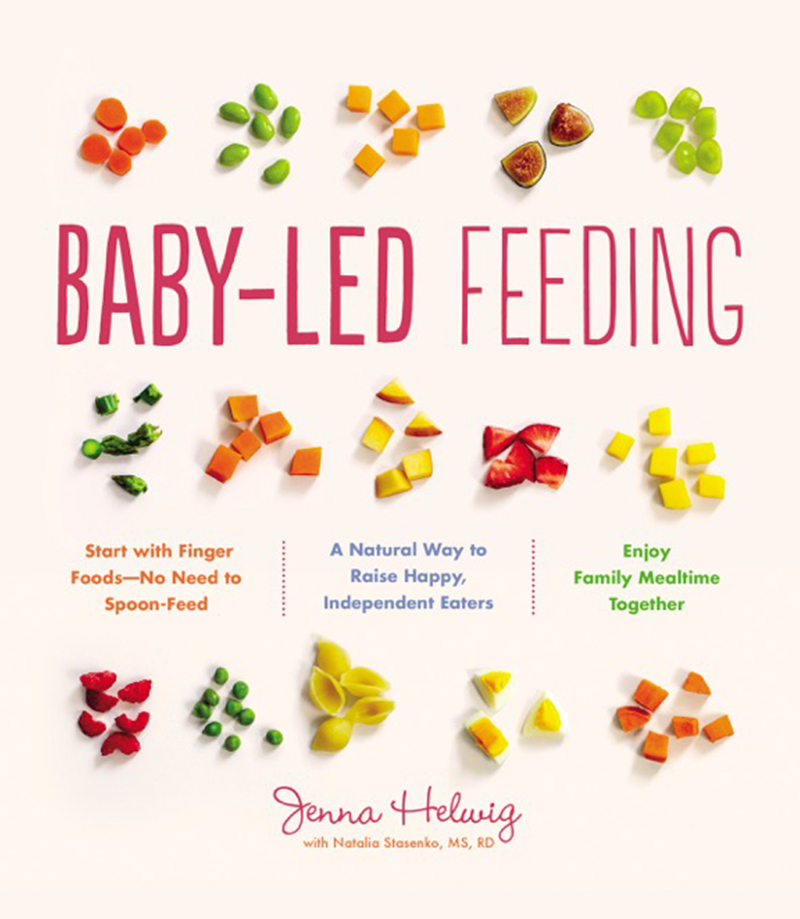 Try pear, spinach, and pea, or banana and pumpkin.
Try pear, spinach, and pea, or banana and pumpkin. - Beech-Nut: Options are available in jars and pouches. Serve up some apples and bananas or pineapple, pear, and avocado.
- Earth’s Best: Another organic option, in pouches or jars. Try sweet potato, barley, and garbanzo or pasta with tomato and white bean.
- Gerber: A classic, whether served up from plastic tubs, jars, or pouches. Flavor combinations include peach mango and oatmeal or chicken noodle dinner.
Remember to monitor your little one while they’re eating. Pouches are handy, but the caps can be a choking hazard. Glass jars are at risk of breaking, so keep them out of baby’s reach. Your baby should always enjoy snacks and meals with attentive adult supervision.
Homemade stage 2 baby food
Cooking up a storm for your baby’s budding taste buds at this stage doesn’t have to be challenging. Here are a few recipes to get you going. (You can find even more baby food recipes here.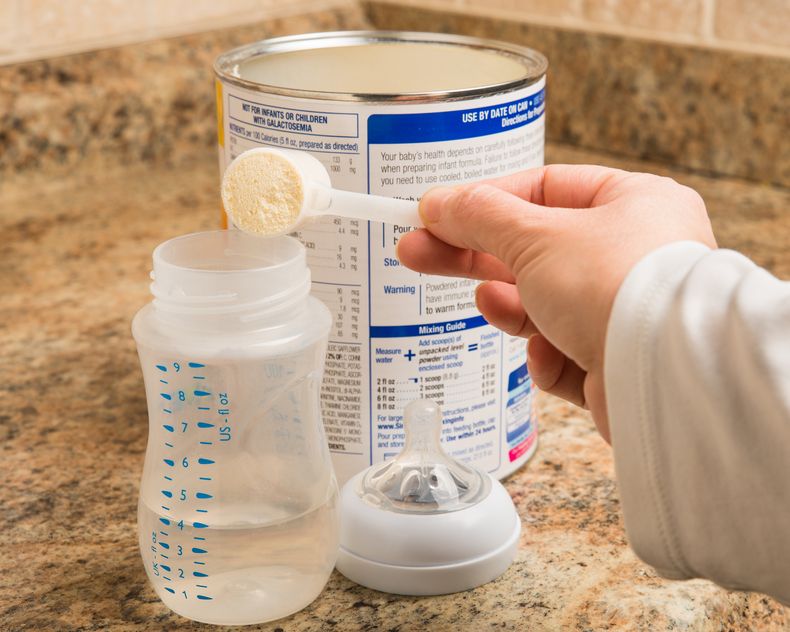 )
)
Don’t shy away from spices and herbs: your baby will appreciate the added flavor, and the micronutrients in them will give their immune system a boost.
- Apple, butternut, and carrot: Boil the ingredients until they test soft with a fork. Drain some of the water, but set it aside in case you need to thin the mixture. Sprinkle in a little curry and blend.
- Blueberries and chickpeas: You can cook up your own chickpeas or use a prepared version to save time. Mix equal amounts of blueberries and chickpeas. Blend and add breastmilk, formula, or water to get the right consistency. You can also add in some rice for extra oomph and texture.
- Salmon with roasted zucchini and fennel: Spray the salmon and vegetables with oil and broil for about 15 minutes. Add chopped parsley and blend. You can thin the mixture with breastmilk, formula, or water.
Enjoy this stage with your baby because it won’t be long before they move on to the next stages. And then, sooner than you think, you may be facing competition for that last slice of caramel-topped cheesecake.
And then, sooner than you think, you may be facing competition for that last slice of caramel-topped cheesecake.
When is a child ready to try a bit more texture?
Once your baby has mastered the art of slurping down smooth purees, it may be time to expand their culinary horizons with Stage 2 baby food. Your little gourmand isn’t quite ready to dine on a plate of spaghetti and meatballs just yet, but Stage 2 foods will give them the opportunity to sample new tastes, as well as consistencies.
Think your baby is ready to graduate onto the next stage of baby food? Here, parents and experts weigh in on Stage 2 baby food. Bon appetit!
What is Stage 2 baby food?
While the jarred Stage 2 baby food you find at the store is typically combinations of food (“sweet potato and chicken dinner”), it’s important to keep in mind this stage is more about the consistency of the food.
“While Stage 1 baby food is completely pureed, Stage 2 baby food has a bit more texture to it,” says Dr. Zulma Laracuente, a pediatrician in Alexandria, Louisiana. “The concept behind slowly transitioning baby from purees to thicker solids is to get them used to chewing and swallowing.”
Zulma Laracuente, a pediatrician in Alexandria, Louisiana. “The concept behind slowly transitioning baby from purees to thicker solids is to get them used to chewing and swallowing.”
Of course, every child develops at their own individual pace, so check with your child’s doctor for baby food recommendations during the first 12 months.
When to start Stage 2 baby food
The Stage 2 baby food age may vary based on when your infant started eating Stage 1 foods. The general age recommendation for Stage 1 baby food is between 4 and 6 months, so taking into consideration how long — and how well — your child has been eating these foods will help you determine if they’re ready to move up. According to Laracuente, babies are usually ready for Stage 2 between 6 and 8 months old — but make sure your little one has honed their Stage 1 skills before making the leap.
“Once your baby has done well with Stage 1 solids and has tried multiple foods, it is safe to advance to Stage 2 baby food,” says Dr.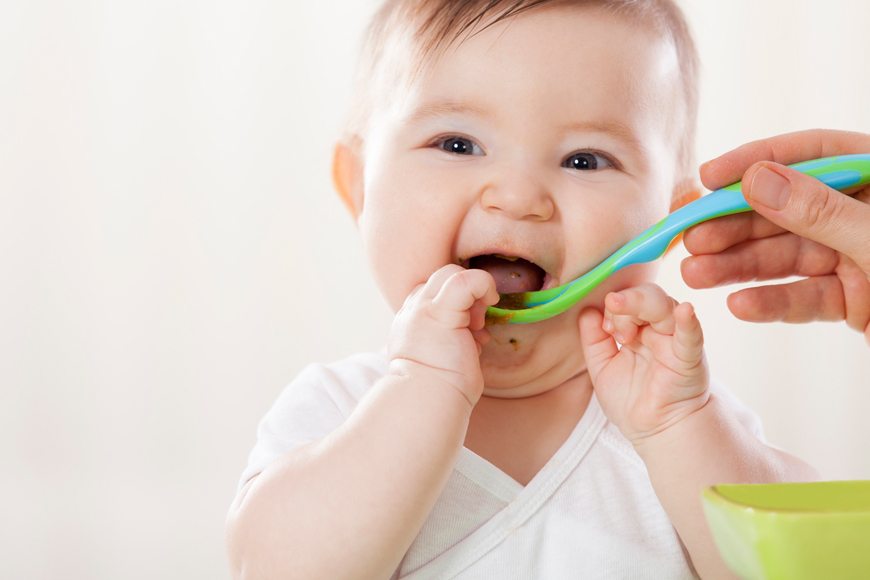 Melanie Custer, a pediatrician at at West Bend Pediatrics at Children’s Hospital of Wisconsin. “These foods usually have multiple ingredients, including some spices and are thicker in consistency.”
Melanie Custer, a pediatrician at at West Bend Pediatrics at Children’s Hospital of Wisconsin. “These foods usually have multiple ingredients, including some spices and are thicker in consistency.”
“These foods usually have multiple ingredients, including some spices and are thicker in consistency.”
DR. MELANIE CUSTER, PEDIATRICIAN
Signs baby is ready to start Stage 2 food
How do you know if your baby is nailing it with their Stage 1 foods and ready for the next step? Simply put, they’re eating and swallowing.
“As your baby’s oral skills develop and improve, you can move on to Stage 2 foods, which are purees with small chunks and texture,” says Jenifer Thompson, R.D., an advanced practice dietician at Johns Hopkins in Baltimore.
Thompson says in order to move on to Stage 2 foods, babies should be consistently taking the spoon in their mouth when you offer it to them, without spitting or pushing it back out.
“Once my baby was no longer grimacing or letting his food dribble onto his chin, I knew we were ready to move onto Stage 2 foods,” says mom of two Darcy McConnell of Garwood, New Jersey. “I actually have no idea how old he was when we made the switch since I based it off of how well he was eating!”
“I actually have no idea how old he was when we made the switch since I based it off of how well he was eating!”
What Stage 2 baby foods to start with
It’s important to expose your child to a number of foods, most of which are safe at this point.
“By the time they are 7 to 8 months, babies should be eating a variety of foods from different food groups, including cereals, meat and other proteins, yogurt, cheese, vegetables and fruits,” says Thompson.
“Most foods can be prepared for any stage, so long as they’re texturally age-appropriate,” says Dr. Kristen Treegoob, a pediatrician at Children’s Hospital of Philadelphia. “When we think of Stage 2 baby food, we’re thinking of thicker purees with some mashable bits.”
Experts advise introducing as many different foods as possible during this stage of food development so your baby gets accustomed to them.
“While bananas, applesauce and peaches are good options and most babies like them, as they are naturally sweet, it is also important to try other foods that aren’t as common and popular, such as beets, rhubarb and asparagus, so they develop a taste for them,” says Custer.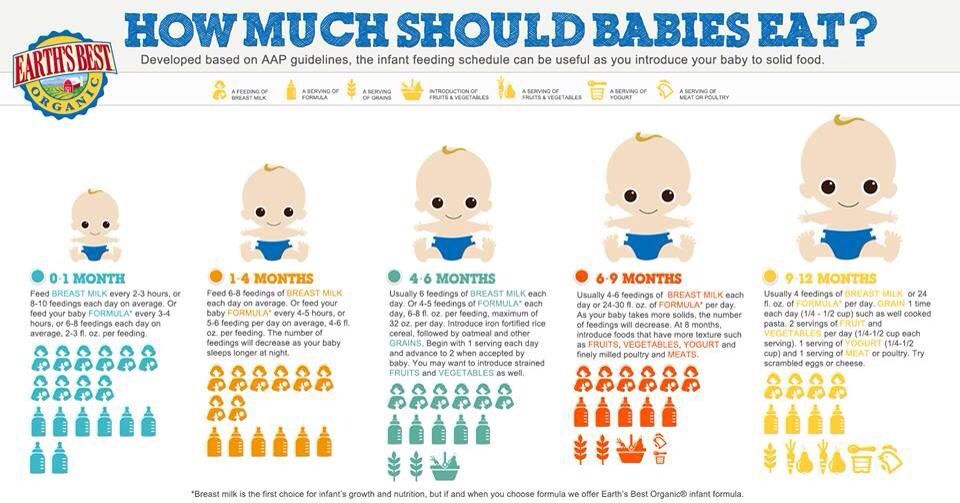
Another thing to keep in mind is that the American Academy of Pediatrics (AAP) no longer recommends delaying the introduction of allergenic foods, particularly peanuts. While it was once advised to wait until your baby was at least 10 months to introduce peanut-containing foods, the AAP now recommends giving babies with no known egg allergy or eczema, infant-safe forms of peanut between 4 to 6 months old. Babies with mild eczema should wait until at least 6 months, and for babies with severe eczema, speak to their doctor before giving them peanut-containing foods. (To find out if your baby has an egg allergy, they must be tested by their pediatrician.)
Which foods to avoid during Stage 2
Even though your little one is venturing into new food texture territory with Stage 2, you should still avoid giving them chunks and small pieces of food, which can pose a serious risk. (Food may be thicker at Stage 2, but it’s still all about the purees and mashes at this point.)
“Infants may have any food that is texture-appropriate for their developmental feeding stage, but it’s important to stay away from choking hazards, such as whole grapes, nuts and seeds,” says Treegoob.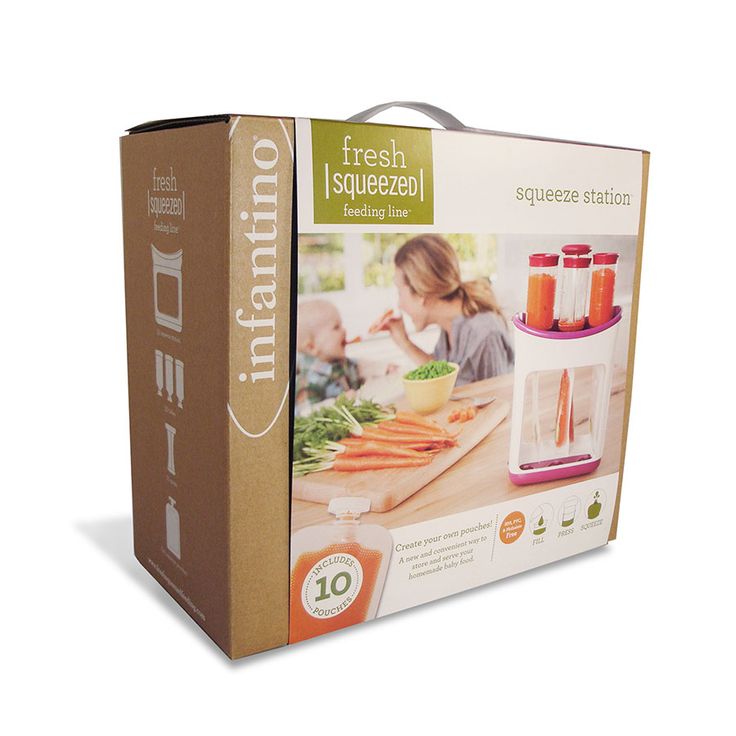
“Infants may have any food that is texture-appropriate for their developmental feeding stage, but it’s important to stay away from choking hazards, such as whole grapes, nuts and seeds.”
DR. KRISTEN TREEGOOB, PEDIATRICIAN
Also, avoid giving your baby honey — raw or cooked — before the age of 12 months, as it may cause a botulism infection.
And finally, when it comes to your baby’s beverage, steer clear of juice. The AAP recommends parents eschew juice, which has “no nutritional benefits over whole fruit,” until at least 1. “At this point, it’s best to stick with breast milk, formula or the odd bit of water (1 to 2 ounces a day), which is mainly for introducing your baby to the skill of using a sippy cup,” says Thompson.
How to start Stage 2 foods safely
Baby should be sitting in a highchair when eating and never left alone. You’ll still be spooning food into your baby’s mouth at this point, but don’t be afraid to let your little one take a whirl at self-feeding in order to get in some practice using utensils.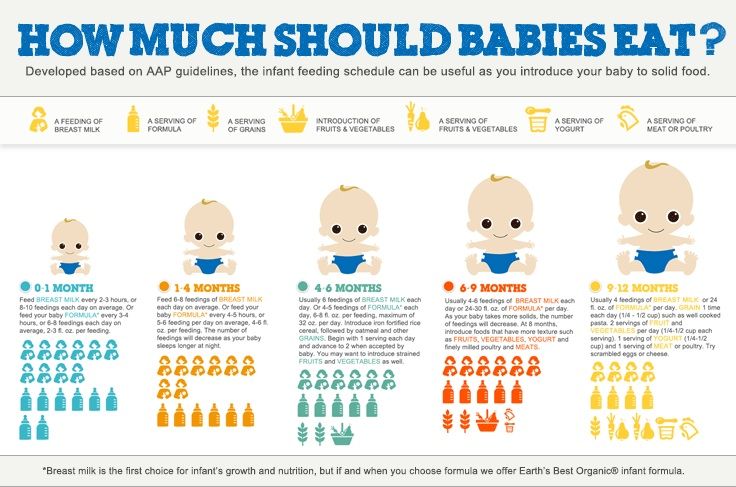
“At around 9 months, we started letting our son try his hand at feeding himself in his highchair,” says mom of two Erin Henderson, of Waltham, Massachusetts. “It was a mess, but he obviously enjoyed the learning experience.”
Also, during the latter half of your baby’s Stage 2 stint, they may learn how to grab things with their thumb and forefinger and bring them to their mouth.
“Between 8 and 12 months, babies develop the pincer grasp ability and should be able to pick up small pieces of finger food, such as Cheerios or puffs,” says Thompson.
As your baby grows and hones their eating skills, they’ll cut down a bit on how much breast milk or formula they drink — but keep in mind, that should still be their primary source of nutrients.
“Most infants will naturally start to moderate their breast milk or formula intake once their solid intake increases,” says Treegoob. “Solid food may start to account for a significant source of nutritional intake closer to 7 to 9 months. At this time, parents may notice that their baby shows interest in smaller or less frequent bottle or breastfeeds. As long as their weight remains on track and baby is drinking enough milk to stay well-hydrated, there should be no need for concern. Infants typically take somewhere between 24 to 40 ounces of breast milk or formula between 4 to 6 months and 24 to 32 ounces from 6 to 9 months.”
At this time, parents may notice that their baby shows interest in smaller or less frequent bottle or breastfeeds. As long as their weight remains on track and baby is drinking enough milk to stay well-hydrated, there should be no need for concern. Infants typically take somewhere between 24 to 40 ounces of breast milk or formula between 4 to 6 months and 24 to 32 ounces from 6 to 9 months.”
According to the AAP, babies should be eating about 4 ounces of solids (about one small jar of baby food) at each of their meals. And if you’re wondering how long baby food lasts, experts typically recommend 24-48 hours in the fridge or up to 3 months in the freezer.
Lastly, bear in mind that if at first you don’t succeed with a food, try, try again.
“At this age, if babies grimace when taking a bite or shake themselves, it is most often because of a texture issue, not the actual taste,” says Custer. “It is important to keep introducing these foods as it may take a baby up to 15 times to get used to a texture before you can say for sure he/she doesn’t like it. ”
”
Ready for the next stage?
- Stage 3 baby food
Proper nutrition of a child is a guarantee of health - Children's City Polyclinic No. 1
Every parent wants his child to grow up healthy, smart, happy.
From childhood, we must teach our children to choose from the variety of foods that are really good for health. The nutrition of children is somewhat different from the nutrition of adults. If the child's nutrition system is built correctly, then the child develops normally, both physically and mentally.
Make your family's way of life by introducing your child to proper nutrition every day. There is no need to arrange constant lectures from this on the topic of what is useful and what is harmful. By actively communicating with your child, setting an example, you instill good eating habits.
Only good things should be spoken at the table. The situation should help the child to relax, then the appetite will be good and the mood will be friendly.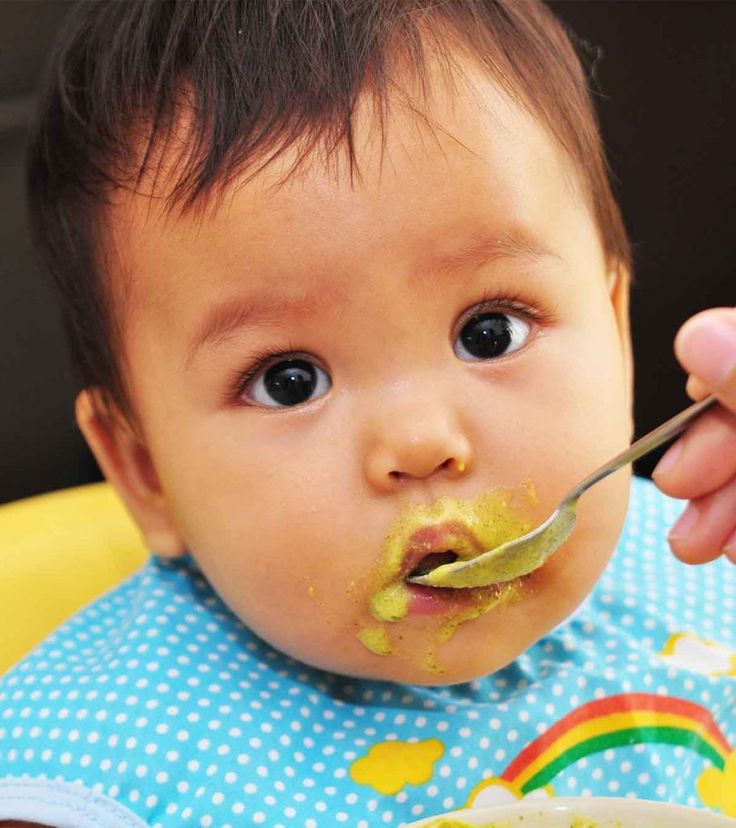 Children can help you with serving and decorating dishes. When serving vegetables and fruits, ask the children what vitamins and minerals they contain and why they are so useful. In order to organize the proper nutrition of the child, you need to follow several important rules:
Children can help you with serving and decorating dishes. When serving vegetables and fruits, ask the children what vitamins and minerals they contain and why they are so useful. In order to organize the proper nutrition of the child, you need to follow several important rules:
Rule 1
Food should be varied.
This is an important condition for the child's body to receive all the substances necessary for growth and development. Every day, the child's menu should include: fruits and vegetables; meat and fish; milk and dairy products; grain products (bread, cereals, cereals). Insufficiency or excess of food consumed by a child can adversely affect the activity of the gastrointestinal tract, contribute to metabolic disorders, increase overweight (even to various degrees of obesity) or lead to malnutrition.
If the child refuses, there is a healthy dish, offer him to experiment and make the dish unusual.
So, with the help of dried fruits and nuts, you can put a funny face on porridge, use ketchup and greens to draw a pattern on scrambled eggs, put mashed potatoes on a plate in the form of a snowman figure, etc.
What should not be used in children's nutrition:
- Offal, except liver, tongue, heart; blood, liver, raw smoked sausages.
- Deep-fried foods and culinary products, chips.
- Curds, condensed milk with vegetable fats.
- Koumiss and fermented milk products containing ethanol (more than 0.5%).
- Cream confectionery containing vegetable protein.
- First and second courses based on fast food concentrates.
- Vinegar, mustard, horseradish, hot peppers and other hot spices and food products containing them, including hot sauces, ketchups, mayonnaises and mayonnaise sauces.
- Pickled vegetables and fruits.
- Natural coffee and carbonated drinks, apricot kernels, peanuts.
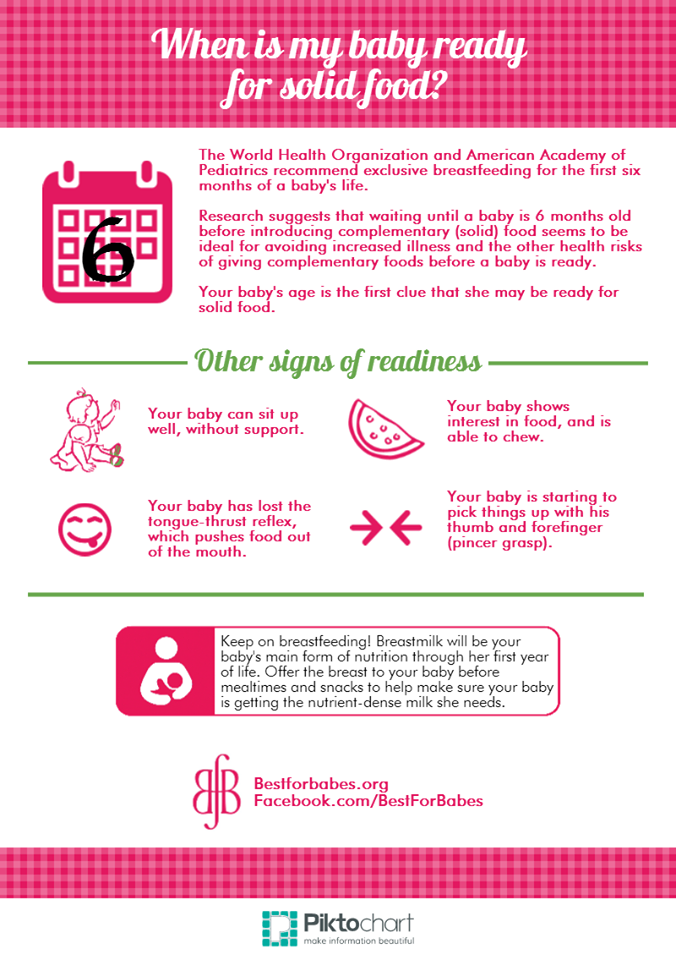
- Products, including confectionery, containing alcohol.
- Food products containing a large amount of food additives in their composition (information is indicated by the manufacturer on consumer packaging).
- Dry concentrates for cooking first and second courses (soups, Dosherak vermicelli, cereals).
Rule 2
The child should eat regularly.
Compliance with the diet of children is of great importance for the absorption of nutrients by the body. Preschool children are recommended to eat 4-5 times a day, every 3 hours, at the same time, distributing the diet as follows: breakfast - 25%, lunch - 35%, afternoon snack - 15%, dinner - 25% . At school age, it is advisable to have four meals a day, every 4 hours with an even distribution of the daily ration: breakfast - 25%, second breakfast - 20%, lunch - 35%, dinner - 20%.
Try to stop snacking and teach your child to eat only at the table.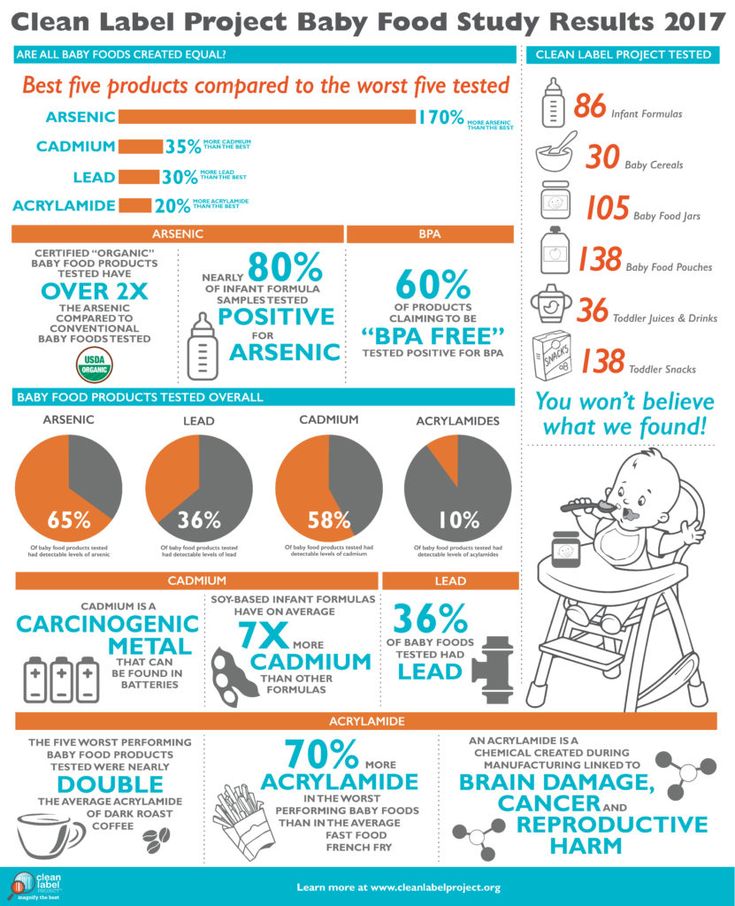 If this still doesn't work, offer fruit, biscuits, juice for a snack - food that will help drown out hunger, but will not ruin your appetite.
If this still doesn't work, offer fruit, biscuits, juice for a snack - food that will help drown out hunger, but will not ruin your appetite.
Proper organization of meals at school in the form of hot school breakfasts and lunches is an important health-improving measure for children-students in extended-day groups, whose diet should be 50-70% of the daily norm, which parents, unfortunately, have little are paying attention. Eating sandwiches, pizza, chips, chocolate bars is harmful because - this food is inferior in composition and also irritates the stomach, contributing to the development of gastritis.
Rule 3
A child's diet should replenish his daily energy expenditure.
If your child is overweight, limit the amount of sweets and high-calorie desserts, empty the refrigerator. Put a bowl of fruit on the table, a plate of whole grain bread. Children can eat fruits without any restrictions, it is almost impossible to overeat them, and they are very useful. With a lack of any mineral substance or vitamin, the child himself will ask for the apple or even greens he needs.
With a lack of any mineral substance or vitamin, the child himself will ask for the apple or even greens he needs.
Try to get your child involved in sports, take walks together, even if little by little, but regularly.
Thus, building proper nutrition for children requires taking into account the characteristics of the child's body, knowledge of certain rules and principles of healthy nutrition.
The material was prepared by the editorial and publishing department of GBUZ JSC "CMP" - 2020.
Nutrition for newborns
Breastfeeding is definitely the best way to feed a newborn. It is a natural continuation of physiological processes such as conception, pregnancy and childbirth. No other food can fully replace breast milk for a baby. This is due to the fact that in the milk of a nursing mother there are more than 500 nutrients necessary for the normal development of the baby's body.
Breastfeeding newborns in the first days after childbirth
Even during pregnancy, certain hormones in a woman's body prepare her mammary glands for breastfeeding. When a baby is born, the breast secretes colostrum - the first milk is orange-yellow. It contains proteins, fats, carbohydrates, vitamins and minerals that are useful for the baby, which help the newborn to adapt in the extrauterine environment. Colostrum is perfectly absorbed by the child's body, and also cleanses the intestines of meconium (the first stool), which reduces the risk of developing jaundice.
When a baby is born, the breast secretes colostrum - the first milk is orange-yellow. It contains proteins, fats, carbohydrates, vitamins and minerals that are useful for the baby, which help the newborn to adapt in the extrauterine environment. Colostrum is perfectly absorbed by the child's body, and also cleanses the intestines of meconium (the first stool), which reduces the risk of developing jaundice.
Important!
It is recommended to attach the baby to the mother's breast in the first hours of life. This will help both mother and child get used to new sensations, to each other, to establish an inextricable bond between them.
The newborn may be sleepy after delivery. Despite this, in the first days of life, it is important to keep him close to the breast and try to start feeding. Attachment will cause a sucking reflex in the baby and relieve heaviness in the chest.
In the first days, the frequency of breastfeeding reaches 10-15 times, and the mother should breastfeed the baby at the first sign of anxiety. Subsequently, the number of attachments decreases, because the woman sensitively catches the hungry cry of the child and distinguishes it from crying for other reasons. The frequency of feeding is reduced to 5-7 times a day.
Subsequently, the number of attachments decreases, because the woman sensitively catches the hungry cry of the child and distinguishes it from crying for other reasons. The frequency of feeding is reduced to 5-7 times a day.
Good to know
The transition from free to regime feeding is individual and ranges from 10–15 days to 1.5 months.
During the first feedings, the baby swallows very little colostrum. Between the second and fifth days, the body of a nursing mother begins to produce transitional milk - lighter and not so thick, but no less healthy and nutritious. Day by day, the milk will become more and more white, transparent and liquid, its quantity will begin to increase rapidly. The more often a mother puts her baby to her breast, the more milk her body produces.
Frequency of feeding newborns with breast milk
At first, the baby eats little and often, but this is enough for him. The frequency of breastfeeding a baby is different for everyone, because each nursing mother and child have individual characteristics of the body.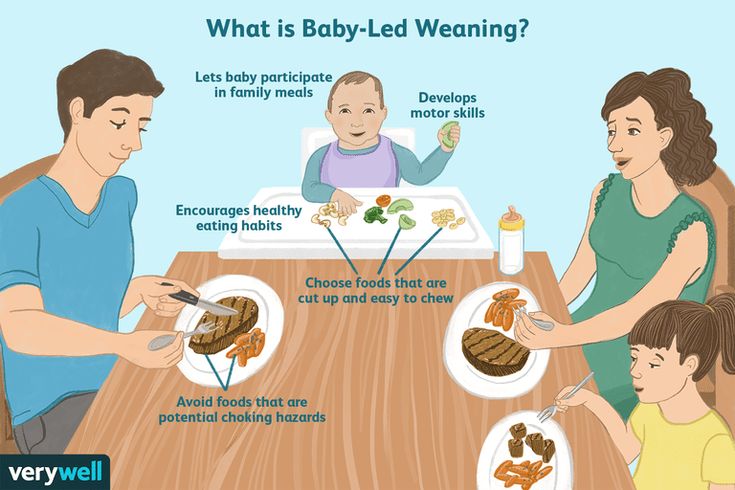 The golden rule of breastfeeding a newborn in the first months of life is not to limit the duration of breastfeeding and the number of attachments. Do not worry that he will consume more milk than necessary. The kid himself controls what he needs.
The golden rule of breastfeeding a newborn in the first months of life is not to limit the duration of breastfeeding and the number of attachments. Do not worry that he will consume more milk than necessary. The kid himself controls what he needs.
Important!
Make sure that the baby grasps the nipple correctly. If you see that he is uncomfortable, try changing the position for feeding.
A newborn may breastfeed more than eight times in 24 hours. This means that milk production has adapted well to the needs of the baby. At first, it is worth satisfying the baby's need at the first sign of hunger.
It is extremely important that the baby latch on the nipple correctly. The older he gets, the lower the average feeding figure. Gradually, the number of attachments to the chest decreases to five or six times. However, at the same time, each feeding lasts a longer time, becoming much more effective than in the first days of a baby's life.
Night breastfeeding: pros and cons
Baby asks for food at certain hours of the day and night. You need to remember the approximate time of each feeding in order to better understand the rhythm of sleep, awakening and nutrition of the baby.
Important!
Do not torture your baby and stick to a strict feeding schedule. Breastfeeding on demand is more comfortable and healthier for your baby.
The baby eats not only in the daytime. Almost all breastfeeding women face night feedings . This process is undoubtedly important for the child and for the mother. At night, the mother's body produces the hormone prolactin, which plays a huge role in maintaining lactation. It promotes the formation of milk in the mammary glands in sufficient quantity for the child, and this milk is characterized by increased density and is tastier for the baby. Although, of course, milk production is carried out during the day.
Breastfeeding newborns is the most effective way to soothe your baby. Within six months after birth, the active phase of sleep dominates in newborns during sleep, and vice versa in adults, so the baby can wake up more often and be naughty. The child feels hunger, fear and loneliness from the first months of life. Only his mother's breast can calm him down, and night feedings temporarily become the norm.
Important!
A mother needs to learn to distinguish between her baby's hungry cries and other types of cries. Remember that breastfeeding with any disturbance can lead to overfeeding!
Breastfeeding and menstruation: is there a danger to the baby?
Women who continue to breastfeed will start menstruating when their baby is about 8-10 months old. It is normal that there is no menstruation at first, because the body needs to recover after pregnancy and childbirth .
Menstruation while breastfeeding does not bring any negative consequences. The only thing is that milk production may decrease slightly during the cycle, so it needs to be increased by various methods of increasing lactation. Some mothers note that during menstruation, the child is reluctant to breastfeed, probably due to a change in the taste of milk during this period.
Some mothers note that during menstruation, the child is reluctant to breastfeed, probably due to a change in the taste of milk during this period.
When to wean a baby from breastfeeding: advice to a nursing mother
Often young mothers are interested in the question of up to what age it is necessary to breastfeed a baby. The duration of feeding depends on many characteristics of the body - both mother and child. WHO experts advise to continue breastfeeding up to 12 months. Subsequently, breastfeeding is valuable for mother and baby from a psychological point of view. But the baby is able to receive nutrients after a year from other foods. Many experts and experienced parents believe that breastfeeding after a year is not the main element of a child's nutrition.
Important!
Complementary foods are recommended to be introduced at the age of six months. You should start with cereals and vegetable purees, then meat purees are added to the diet.
The older the child becomes, the less he needs to feed on mother's milk. For some children, breastfeeding lasts up to three years, while for others it stops after a year of the baby's life. There are practically no easy ways to wean from the breast, it is always a certain stress for the crumbs. However, the end of breastfeeding is an integral part of the growing up of the child. The beginning of breastfeeding causes certain difficulties for some mothers. The best approach is to trust your body and follow your instincts. If the process of breastfeeding is debugged at the very beginning of feeding, in the future, the mother will have no problems either with feeding the child or with finishing it when the baby grows up.
Breastfeeding helps the baby grow and develop, but not only: mother's milk protects the baby from infections and viruses . Learn about the "magic" ingredients that provide a reliable immune barrier against various diseases.
BREAST MILK OLIGOSACCHARIDES
Breast milk oligosaccharides are special bioactive compounds that are found only in breast milk and they are one of the most widely distributed components of breast milk and are responsible for the formation of the child's immunity. The main action of HMO is carried out at the level of the intestine.
The main action of HMO is carried out at the level of the intestine.
BENEFICIAL BACTERIA
Breast milk naturally contains various types of beneficial bacteria that help to maintain the balance of the intestinal bacterial flora. Scientists have found that breastfed babies have more beneficial bacteria in their gut.
PROTEINS
Breast milk contains high quality proteins necessary for the growth and development of the baby, especially whey proteins. During the first six months, the concentration of proteins in breast milk gradually decreases, adjusting to the needs of the child.
ANTIBODIES
Breast milk, which is produced during the first days after birth (colostrum), contains a large amount of antibodies. Every time you breastfeed your baby, you give him protection against a wide range of infections.
The benefits of breastfeeding do not end in infancy. Breastfed children are less likely to develop health problems as adults. Thus, breastfeeding today is a concern for the future of your child.
Thus, breastfeeding today is a concern for the future of your child.
Breastfeeding is a type of feeding in which a child up to 6 months receives only mother's milk.
There are 3 types of mother's milk.
- Colostrum is a sticky, thick yellow liquid,
appears after the birth of a child and is excreted up to 4-5 days. - Transitional milk is produced from 4 - 5 days of life and up to 2 - 3 weeks
has an intermediate composition between colostrum and
mature milk. - Mature milk is produced from 2 - 3 weeks of a child's life and
has a complete biological similarity with the child's body.
Composition of breast milk (see 10 benefits of breast milk).
Advantages of breastfeeding:
- Breast milk contains all the necessary ingredients in optimal ratios B:L:U=1:3:6
- There is more protein in cow's milk, but it is coarsely dispersed (casein), so it is difficult to break down and digest, and breast milk protein is finely dispersed, practically does not require enzymes for splitting and, accordingly, is very well absorbed, therefore, allergic reactions develop much less often in infants
- Human milk proteins contain all essential amino acids
- Human milk contains protective antibodies against various infections
- Contains significantly more unsaturated fatty acids that increase resistance to infections
- More milk sugar (lactose), which contributes to the development of the brain, the normalization of intestinal microflora
- Less mineral salts compared to the composition of cow's milk (salts overload the kidneys, contribute to the further development of hypertension)
- Optimal amount of vitamins, trace elements, enzymes
- Breast milk is sterile (lower risk of intestinal infections)
- Contains lecithin, which promotes the reproduction of brain cells
- An increased need for food is fixed on artificial feeding - the risk of obesity at an older age.

- Physical (biological maturation and aging) and sexual development are faster in artificers, and mental vice versa (intelligence, talent - for their implementation, breastfeeding is necessary for at least 6 months)
- The child accumulates (deposits) in the subcutaneous fat the best components of breast milk and then uses them for several years (for the brain)
- Sucking promotes correct articulation, correct formation of the maxillofacial skull. Infants are less likely to have speech disorders.
Until now, a huge amount of nutrients in breast milk has not been deciphered (for example, taurine is needed for brain development, the formation of the retina of the eye, it is not found in cow's milk because calves do not need to go to school).
It is also impossible to create a full-fledged substitute for women's milk because, depending on the age of the child, the composition of women's milk changes, reflecting the changing needs of a growing organism, and feeding with donor milk will still be not natural, but pseudo-natural.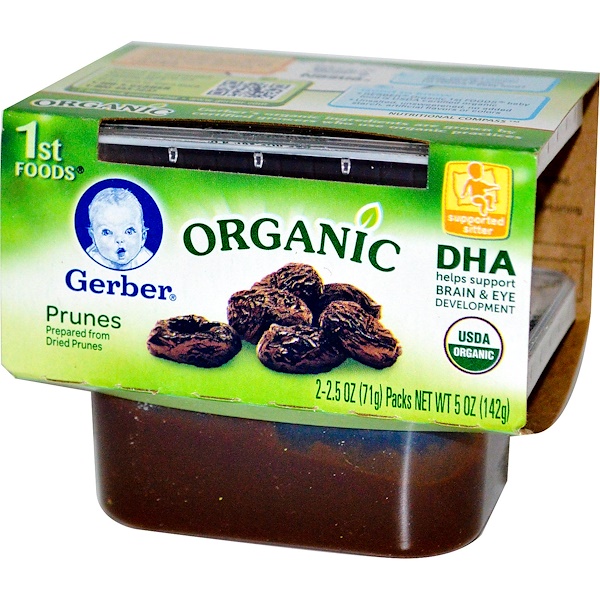
Benefits of early breastfeeding within the first 30 minutes after birth:
For the mother:
1. Promotes rapid contraction of the uterus, reducing the risk of bleeding, and rapid recovery;
2. Stimulates prolonged lactation;
3. Reduces the risk of developing mastitis
4. Early contact stimulates the feeling of motherhood.
For a child:
1. Promotes the formation of normal intestinal microflora
2. Reliable immunological protection is formed (on the second day of a child’s life, the number of antibodies in mother’s milk decreases by 2 times)
3. Stimulation of the sucking reflex
7
.Close psychological and emotional contact with the mother in the first hours after the stress - birth
Rules for first breastfeeding.
For the first time, the baby is laid out on the mother's stomach naked and covered with a sterile sheet before the end of the umbilical cord pulsation (if the state of health of the child and mother allows)
Recommendations for breastfeeding mothers:
- Correct daily routine: sleep at least 8 hours a day, daytime sleep 1.
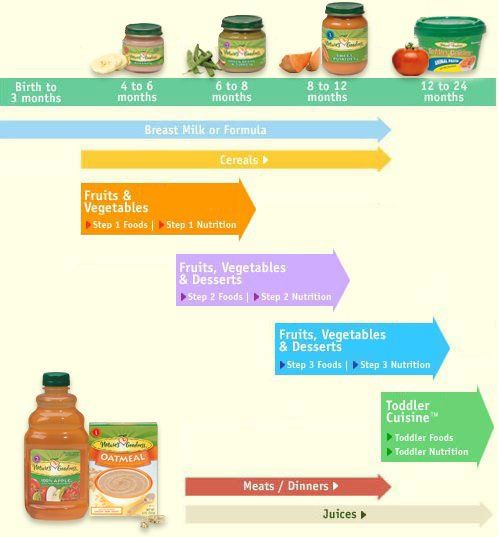 5 - 2 hours, walks in the fresh air, moderate exercise, positive emotional attitude, avoidance of stressful situations
5 - 2 hours, walks in the fresh air, moderate exercise, positive emotional attitude, avoidance of stressful situations - The amount of liquid in the diet is increased by about 1 liter
- The calorie content of the daily ration should be increased by 50% compared to the diet of a non-nursing woman of this age. Meat and (or) fish, dairy products (cottage cheese, cheese), vitamins are needed daily. Nutrition 4-5 times a day (as many times as the child feeds), in small portions, to stimulate milk production, drink a glass of tea with milk and cheese 10-15 minutes before feeding.
- Refrain from taking products that change the smell and taste of milk (fresh onion, garlic)
- No medication before consulting a doctor
- Do not abuse gas-producing (cucumbers, grapes), laxative (plums, beets) and fixing (nuts, pears), allergenic (strawberries, pineapple, red fish, eggs, honey) and tonic (strong tea, coffee, chocolate) products
- Duration, usefulness of lactation significantly depend on the anamnesis of feeding of the woman herself.

Breastfeeding rules:
- Wash breasts under running water, remove long hair
- Get into a comfortable position - sitting, lying on your side
- Make sure that the child is in comfortable conditions, and nothing distracts him from the feeding process (clean, dry, warmly dressed)
- Check that the child's nasal breathing is free (if necessary, remove crusts from the nose)
- Make sure that when suckling, the child grabs not only the nipple, but also the areola and that he does not rest his nose against the mammary gland
- In case of greedy suckling and/or active flow of milk, periodically hold the baby upright for several minutes, and then reattach to the breast
- In case of sluggish sucking, the child falls asleep during feeding, wake him up (stroke the cheek, tickle the heels)
- The duration of the first feedings is usually 30-40 minutes (this is the period of formation of lactation), then it takes an average of 20 minutes (in the first 5 minutes of feeding, the baby sucks 50% of the milk volume)
- If the amount of milk in one mammary gland is not enough to meet the needs of the child, then it is applied to the other, and the sequence is changed at the next feeding
- After feeding, hold the baby upright for 3-5 minutes to prevent regurgitation
- Breast wash
Currently, free feeding is recommended for a newborn baby and children of the first months of life - the baby is applied to the breast at the first sign or demand (up to 12-16 times a day). This is done because in the first weeks after birth, the process of adapting the body of the nursing mother to the needs of the child takes place and frequent application solves the problem of the child's hunger and stimulates lactation in the mother. Up to 3-4 days of a child's life, the mammary glands secrete very little milk, but it contains a large amount of protein and fat in order to somehow satisfy the needs of the child. This milk is called colostrum. Then lactation gradually increases and the composition of milk (transitional) approaches the composition of mature milk: protein - about 2.5 g, fat - an average of 3 g, carbohydrates - 7 g. her nutrition, emotional state, hereditary characteristics of lactation. Nobody knows the norms of milk. For each “mother-child” pair, it is individual (in the “final” milk, fat is up to 17%, so it is impossible to calculate). All nutrition correction should go through mother's milk (nutrition of a nursing woman)
This is done because in the first weeks after birth, the process of adapting the body of the nursing mother to the needs of the child takes place and frequent application solves the problem of the child's hunger and stimulates lactation in the mother. Up to 3-4 days of a child's life, the mammary glands secrete very little milk, but it contains a large amount of protein and fat in order to somehow satisfy the needs of the child. This milk is called colostrum. Then lactation gradually increases and the composition of milk (transitional) approaches the composition of mature milk: protein - about 2.5 g, fat - an average of 3 g, carbohydrates - 7 g. her nutrition, emotional state, hereditary characteristics of lactation. Nobody knows the norms of milk. For each “mother-child” pair, it is individual (in the “final” milk, fat is up to 17%, so it is impossible to calculate). All nutrition correction should go through mother's milk (nutrition of a nursing woman)
Difficulties in breastfeeding:
On the part of the child :
- Rhinitis with impaired nasal breathing (secret suction, removal of crusts from the nose, use of vasoconstrictor drops before feeding)
- Thrush (candidiasis stomatitis) - treatment of the oral mucosa with a 2% solution of baking soda after each feeding
- Lack of sucking reflex (premature) - spoon or tube feeding
Maternal side
- Flat, inverted nipple (special pads are used to make it easier for the baby to latch on)
- Scuffs and cracks of the nipple (correct attachment to the breast so that the baby presses on the areola, and does not pull the nipple, special ointments - bipanthen)
- Milk stasis - correct feeding and expression of milk, use of a breast pump
- Hypogalactia
Hypogalactia is a decrease in lactation, a very common problem of lactating women nowadays.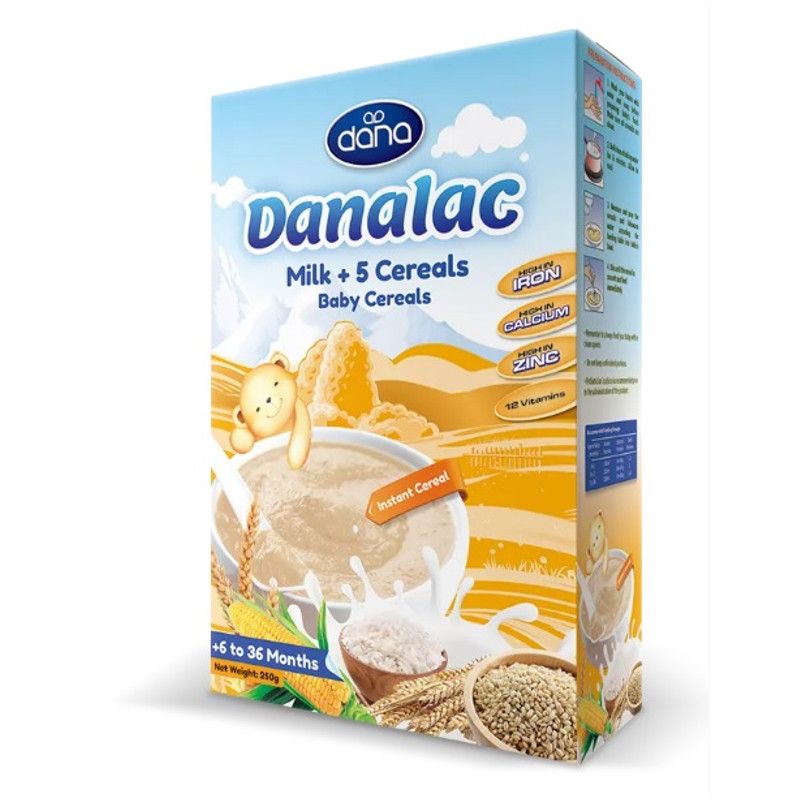
Possible signs of hypogalactia:
- The child has become restless, sleeps poorly, cannot stand the interval between feedings
- Decreased daily diuresis (became less likely to urinate)
- Low weight gain, flat weight curve
- Subjective sensation of an "empty" breast in a woman
Diagnosis of hypogalactia - control feeding, when the child is weighed before and after breastfeeding, the difference in weight is compared with the nutritional norm obtained for this child according to formula
Prevention and treatment of hypogalactia :
- Breastfeeding promotion, psychotherapy
- Prevention of cracks and mastitis
- Compliance with diet and daily routine, support for other family members
- Nettle decoction (20 g of dry leaves per liter of boiling water, leave for 45 minutes and drink 1 tbsp 3 times a day), anise, dill, oregano fruits, lactogenic herbs
- Medications: vitamins E, A, PP, C, gendevit, aevit, prenatale, materna, dry brewer's yeast, apilac, microdoses of iodine
- More frequent latching, latching on both breasts in one feeding
Quartz irradiation, UHF, massage, acupuncture
Mixed feeding
Mixed feeding is a type of feeding in which the child receives breast milk and supplementary feeding in the form of milk mixtures.
The effectiveness of mixed feeding depends on breast milk in the daily diet of the child:
- if the amount of mother's milk is half the daily
diet (2/3, 3/4), then the effectiveness of mixed feeding
is close to natural; - if the amount of mother's milk is less than half of the
daily diet (1/3, 1/4), then the effectiveness of mixed feeding
approaches artificial;
Additives.
Supplements are dosed meals that are included in the diet as sources of vitamins, minerals, trace elements and as additional sources of the main ingredients (proteins, fats, carbohydrates).
A distinction is made between vitamin and protein supplements such as :
- Fruit juices (puree) - apple, white cherry, whitecurrant, apricot, peach, pear, plum (given in order of preference). They begin to introduce into the diet with drops, gradually increasing the amount to 40-60 ml. It is desirable that the first juices of the child be natural and fresh (home-made)
- Cottage cheese (calcined) is also desirable home-made - 1-2 tablespoons of CaCl 9 are added to 200 ml of milk at the time of boiling0455 2 , then leans back on cheesecloth, or milk kitchen, special baby food.
 They begin to introduce into the diet with grains and bring it up to 40 grams per day
They begin to introduce into the diet with grains and bring it up to 40 grams per day - Egg yolk of a hard-boiled egg. From grains to 1/12 - 1/8 added to milk or vegetable puree (be careful to introduce into the diet of allergy sufferers)
Supplementary
Complementary foods are meals that replace breast milk (milk formulas).
The reason for the introduction of supplementary food is hypogalactia, which in the mother leads to malnutrition of the child.
Signs of starvation:
- Flattening and then decreasing weight curve
- Restlessness, restless and interrupted sleep.
- Decreased daily diuresis and frequency of urination.
- Violation of the stool (constipation, diarrhea).
If all signs are present, then the mother and child are invited to the children's clinic in the healthy child's room for control feeding.
How to help latch on the nipple?
1. First grasp your breast with your thumb above the nipple and with your index finger below the nipple, then lightly rub your baby's lower lip with the nipple. This may be enough to stimulate the innate reflex: the baby will turn his head to the nipple and open his mouth.
First grasp your breast with your thumb above the nipple and with your index finger below the nipple, then lightly rub your baby's lower lip with the nipple. This may be enough to stimulate the innate reflex: the baby will turn his head to the nipple and open his mouth.
- When the baby opens its mouth wide, move the baby towards you (but do not move towards the baby). If the baby has grasped the nipple correctly, his lower lip will drop down. The lips of the baby should wrap around the nipple as much as possible along the contours of the areola. If the baby latch on the nipple correctly, you will hear a few sucking sounds, then a pause, followed by a swallowing sound.
- With the correct latch on the nipple, the baby holds the mother's breast firmly. If you want to release the breast or transfer the baby to another breast, gently insert your finger between the baby's jaws to interrupt the suckling. Fingernails should be neatly trimmed so as not to scratch the lips of the child.
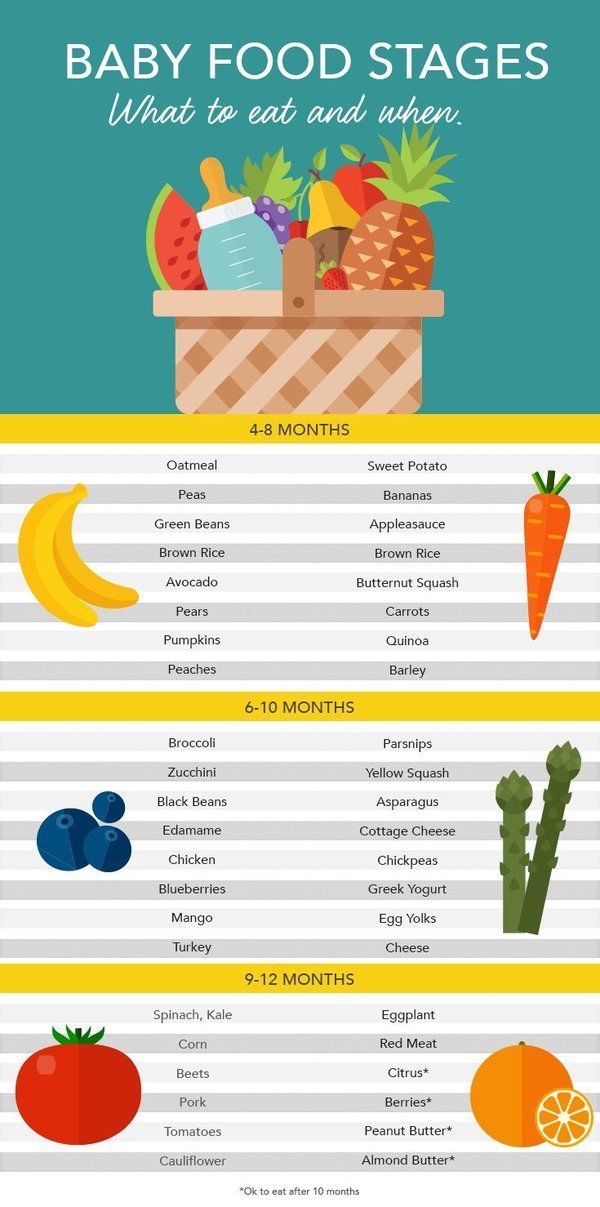
Criteria and terms for the introduction of complementary foods . Complementary foods - the introduction of a new food, more concentrated, gradually and consistently replacing breastfeeding. The need to introduce complementary foods is due to the growing needs of an actively growing child's body for energy, proteins, fats, and micronutrients. In addition, the child needs to take more dense food to stimulate the further development of the masticatory apparatus, motor and enzymatic functions of the gastrointestinal tract. Complementary foods are necessary for the introduction of new nutrients that are not found in milk and are necessary for the full growth and development of the child (vegetable protein, dietary fiber, fatty acids, etc.).
When introducing complementary foods, it is necessary to take into account the individual characteristics of the child as much as possible. European baby nutrition experts say that the first complementary foods can be introduced no earlier than 4 months and no later than 6 months.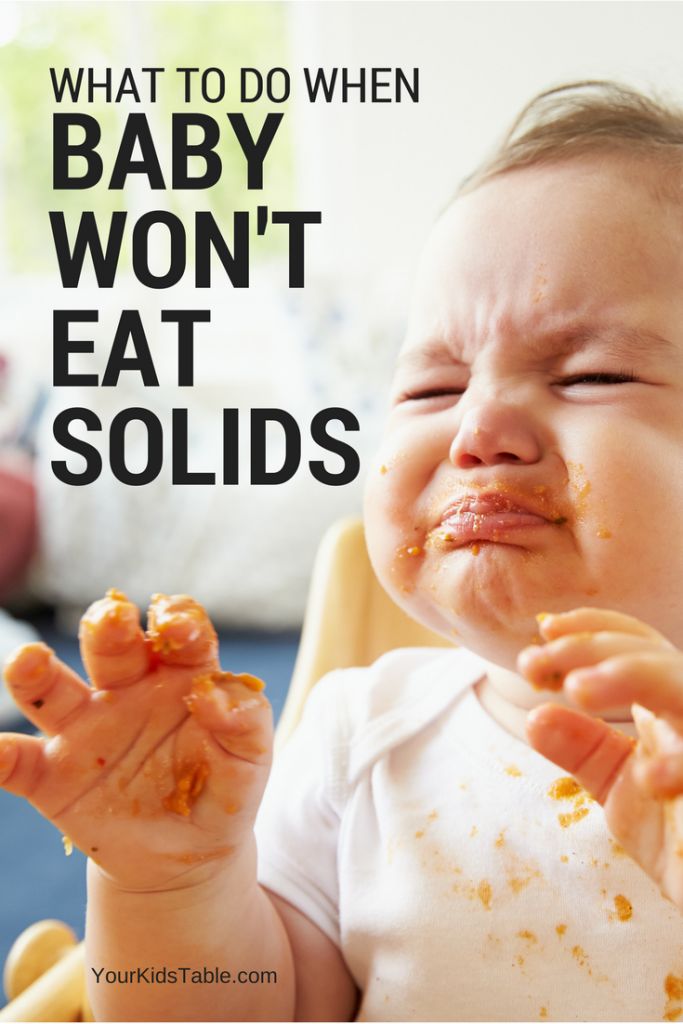 Early introduction of complementary foods reduces the frequency and intensity of breastfeeding, which leads to a decrease in maternal lactation. In addition, early introduced complementary foods can lead to food sensitization, the development of dyspeptic manifestations due to the immaturity of the gastrointestinal tract. The first complementary food in the form of milk porridge is introduced during the second morning feeding . Complementary foods are always given before breastfeeding. It is necessary to gradually increase the volume of porridge and reduce the amount of breast milk. Gluten-free cereals (rice, buckwheat, corn) should be used as the first cereal food. Cereals such as oatmeal, barley, semolina are introduced later, as these cereals contain gluten, which is not always well tolerated by infants. Complementary foods are introduced once a day, sometimes 10-15 attempts are needed for the child to perceive new food for him. Usually the first meal in the form of porridge is preferred for underweight children.
Early introduction of complementary foods reduces the frequency and intensity of breastfeeding, which leads to a decrease in maternal lactation. In addition, early introduced complementary foods can lead to food sensitization, the development of dyspeptic manifestations due to the immaturity of the gastrointestinal tract. The first complementary food in the form of milk porridge is introduced during the second morning feeding . Complementary foods are always given before breastfeeding. It is necessary to gradually increase the volume of porridge and reduce the amount of breast milk. Gluten-free cereals (rice, buckwheat, corn) should be used as the first cereal food. Cereals such as oatmeal, barley, semolina are introduced later, as these cereals contain gluten, which is not always well tolerated by infants. Complementary foods are introduced once a day, sometimes 10-15 attempts are needed for the child to perceive new food for him. Usually the first meal in the form of porridge is preferred for underweight children.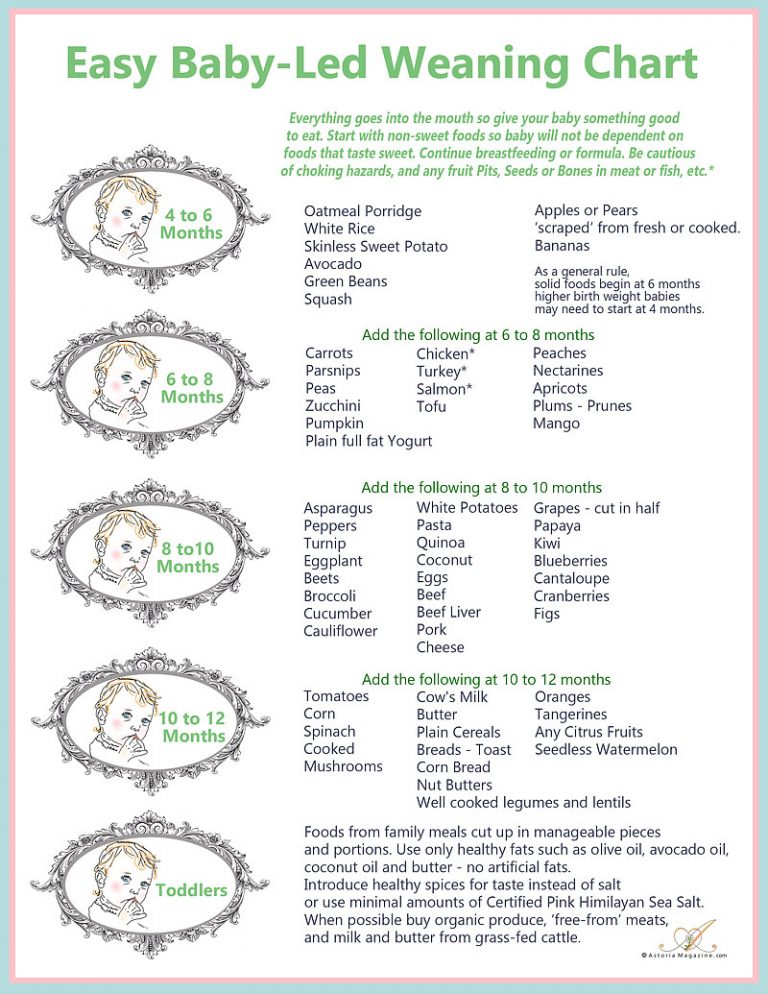 For children who are overweight, as well as with a tendency to constipation, it is better to introduce the first complementary foods in the form of vegetable puree with the addition of vegetable oil. It should be remembered that complementary foods can only be introduced to a healthy child, and industrial dishes have advantages.
For children who are overweight, as well as with a tendency to constipation, it is better to introduce the first complementary foods in the form of vegetable puree with the addition of vegetable oil. It should be remembered that complementary foods can only be introduced to a healthy child, and industrial dishes have advantages.
A new type of complementary food is introduced after assimilation of the full volume of the previous complementary food in 10-14 days.
The second food is vegetable puree. Vegetable puree must be monocomponent (from one type of vegetable). Preference is usually given to squash puree, cabbage of various varieties. Within 7-10 days, the volume of feeding is brought to the age norm. In the future, you can use multi-component vegetable purees. This type of complementary food is introduced in the third feeding. Meat is introduced 2 weeks after the introduction of vegetable puree, but no later than 7 months. Meat must be added to vegetable puree. You can use different types of meat or canned meat (lean beef, turkey meat, horse meat, lean pork, chicken). Canned meat containing by-products (tongue, liver, heart) are introduced into the child's diet no earlier than 8 months. Meat broths are prohibited for infants. From 8 months, 1-2 times a week instead of meat, fish (fish puree) is included in the child's diet, it is an important source of complete protein, rich in phosphorus, fluorine, iodine. The age norm of fish at 11–12 months is 100–150 g. Salmon, pink salmon, chum must not!!! be included in the diet of a child of the first year of life due to the high content of fat and salt.
Meat must be added to vegetable puree. You can use different types of meat or canned meat (lean beef, turkey meat, horse meat, lean pork, chicken). Canned meat containing by-products (tongue, liver, heart) are introduced into the child's diet no earlier than 8 months. Meat broths are prohibited for infants. From 8 months, 1-2 times a week instead of meat, fish (fish puree) is included in the child's diet, it is an important source of complete protein, rich in phosphorus, fluorine, iodine. The age norm of fish at 11–12 months is 100–150 g. Salmon, pink salmon, chum must not!!! be included in the diet of a child of the first year of life due to the high content of fat and salt.
In accordance with modern concepts of nutrition, fruit juices and fruit purees should be introduced into the diet after the introduction of the main complementary foods - cereal, vegetable puree, meat. Fruit purees are introduced, like all complementary foods, gradually.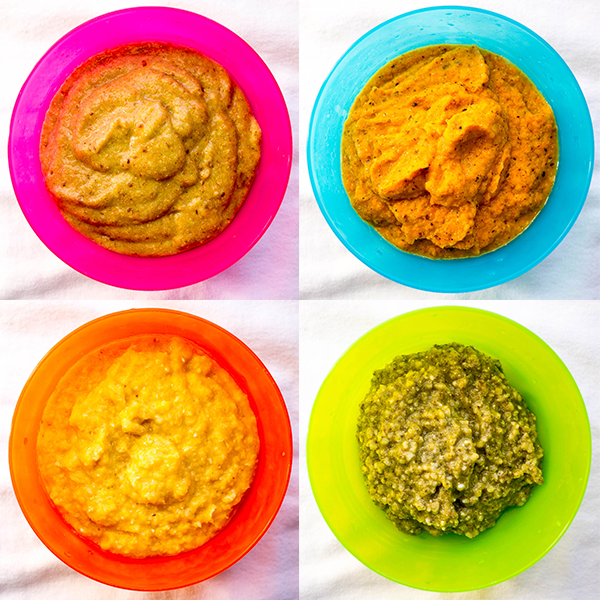 The approximate volume of fruit puree is 10 ml for 1 month of life, but not more than 100 ml per day and is divided into 2 feedings. Fruit juices and fruit purees contain a diverse set of vitamins and minerals. Preference is given to industrial products.
The approximate volume of fruit puree is 10 ml for 1 month of life, but not more than 100 ml per day and is divided into 2 feedings. Fruit juices and fruit purees contain a diverse set of vitamins and minerals. Preference is given to industrial products.
From the age of 7–8 months, the yolk of a hard-boiled chicken egg is introduced into the child’s diet as a source of vitamins A and D, protein, etc. Start introducing the yolk from a small amount and gradually bring it up to ½ yolk by 8–9 months life. From the age of 7 months, biscuits or crackers from white bread in the amount of 5 g can be introduced into the child's diet.
By the year the daily norm of bread is 10-15 g. From 8 months you can use wheat bread in the same amount. Rye bread is not recommended for infants due to its high salt content. Kefir and cow's milk are non-adapted dairy products, have a low content of essential food components, are highly allergenic and have an excessive osmotic load on the kidneys of an infant.




